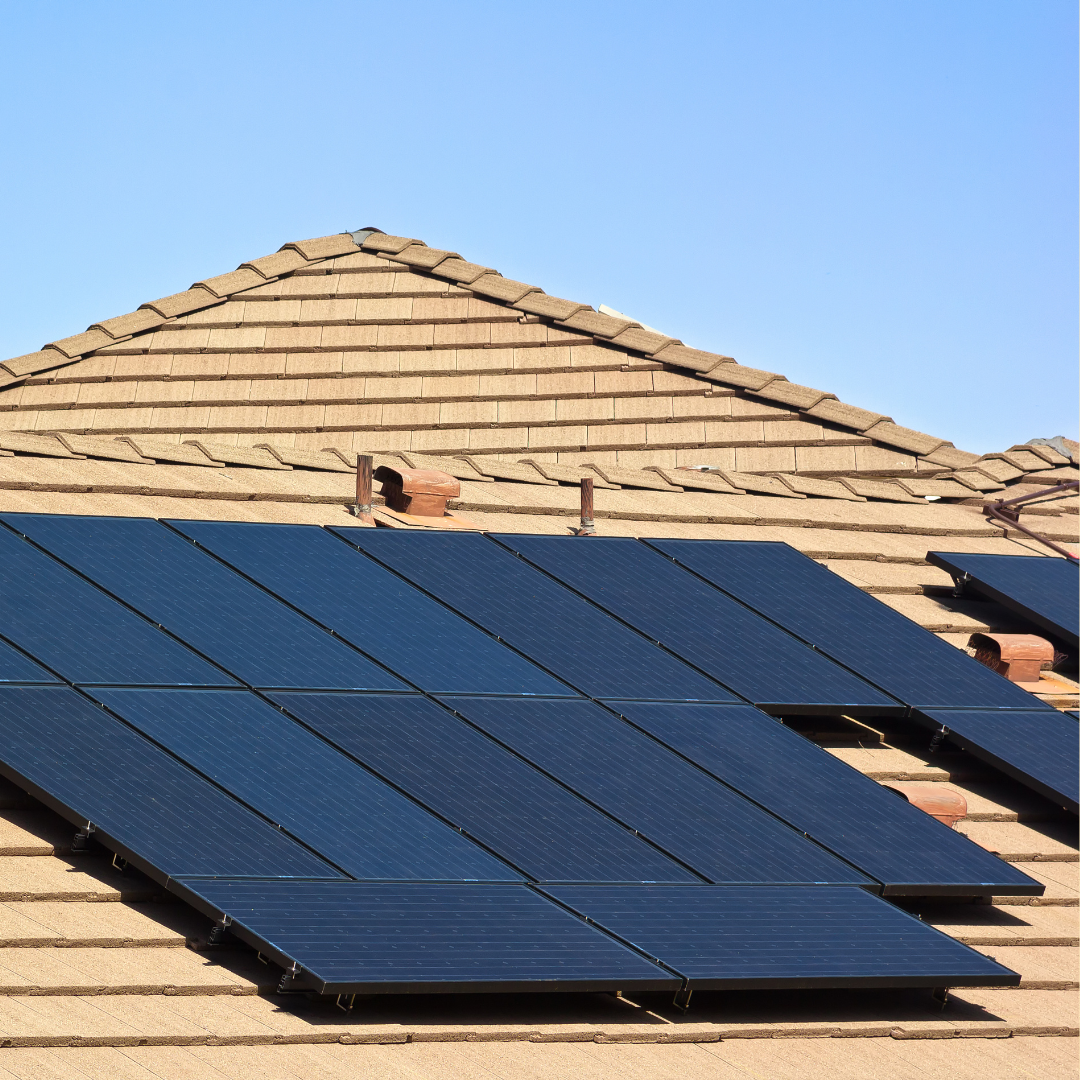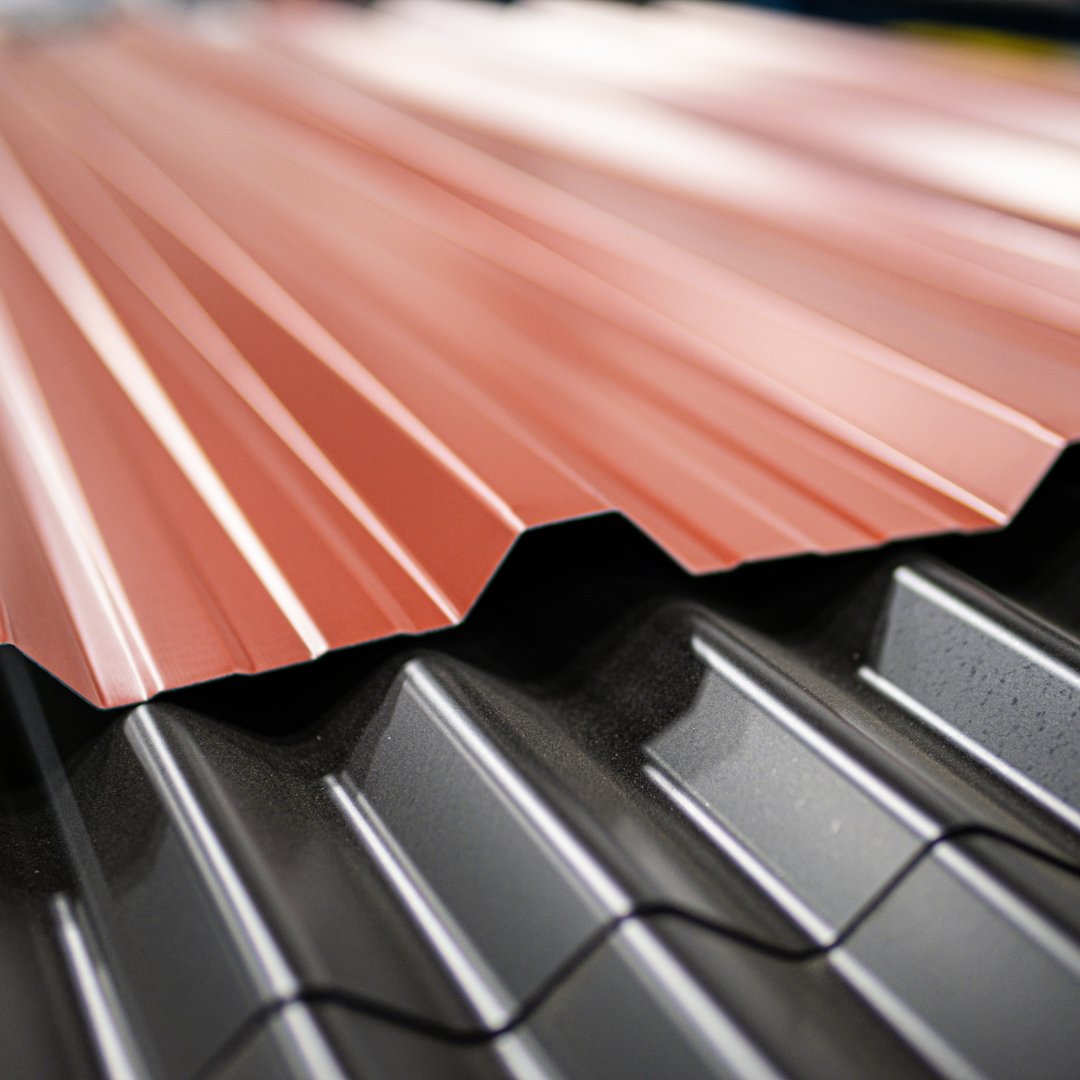Maximizing Your Savings with the Federal Solar Tax Credit

With the growing popularity of solar power, there are now more incentives designed to make the transition to solar power more affordable. One of the most significant incentives available to homeowners and businesses alike is the federal solar tax credit.
That’s why the team from SunSent Solar has provided this helpful guide to help you understand how the solar tax credit works, what it covers, and how to claim it to maximize your savings.
Understanding the Federal Solar Tax Credit
The federal solar tax credit allows you to deduct 30% of the cost of installing a solar energy system from your federal taxes. There is no cap on its value, making it a substantial financial incentive for those looking to invest in solar energy. This credit applies to both solar panels and energy storage devices (batteries), whether they are attached to the system or not.
What Does the Solar Tax Credit Cover?
The solar tax credit covers a wide range of expenses related to your solar energy system, including:
· Solar panels and inverters
· Balance-of-system equipment (racks and conduit)
· Installation labor costs
· Permitting fees, inspection costs, and other soft costs
· Sales tax
· Energy storage devices (batteries)
It’s important to note that the credit does not cover roofing expenses unless the roof itself qualifies as solar equipment, nor does it cover electrical panel or wiring upgrades. However, there are separate incentives available for these upgrades, which can be worth up to $4,000.
Can the Solar Tax Credit Be Combined with Other Solar Incentives?
Yes, the solar tax credit can be combined with other solar incentives offered by state and local governments, or utility providers. For example, New York State offers an additional 25% tax credit. Generally, local incentives should be claimed first to reduce the overall cost of the system, followed by the federal tax credit on the reduced amount.
How Do Solar Loans Affect the Solar Tax Credit?
There are two main types of solar loans designed with the solar tax credit in mind: combo loans and re-amortizing loans.
· Combo Loans: These involve two loans: a bridge loan for the value of the tax credit and a primary loan for the remaining balance. Borrowers have approximately 18 months to claim their tax credit and pay off the bridge loan. If the bridge loan is not paid off in time, it is added to the primary loan balance, increasing monthly payments. This structure allows for lower monthly payments initially, resulting in greater savings right away.
· Re-amortizing Loans: These loans work similarly to home loans. The loan balance is based on the total system cost, allowing borrowers to make a lump payment and restructure the loan after receiving their tax credit. This option is beneficial for those who cannot claim their full tax credit in one year, as there is no time limit for re-amortizing the loan.
How to Claim Your Solar Tax Credit
To claim the ITC, you need to file IRS Form 5695 for the tax year in which your system becomes operational, as verified by a city inspector. If you cannot claim the entire credit in one year, it can be rolled over into future tax years. Here are the steps:
· Complete IRS Form 5695: Fill out the form with details about your solar installation.
· Include the Form with Your Tax Return: Attach Form 5695 to your federal tax return.
· Roll Over if Necessary: If you can't use the entire credit in one year, roll the remaining amount over to future years.
Contact us today & learn more about the solar tax credit!
If you want to move toward becoming energy independent by installing a solar energy system, you can take advantage of the solar tax credit by contacting us today online at info@sunsent.com.










Quick Links
Contact Us
Southern Indiana
812-706-2237
Kansas City
816-548-1652
Newsletter
Contact Us
Thank you for subscribing to our newsletter! Stay tuned for the latest updates, insights, and tips on how you can make the most of your solar journey.
Please try again later.
Location Map
© Copyright 2024 | All Rights Reserved | Sunsent Solar
